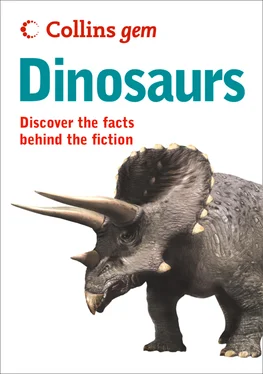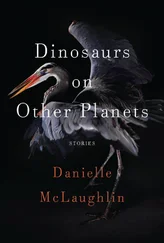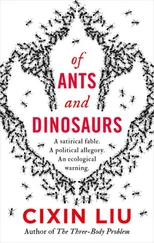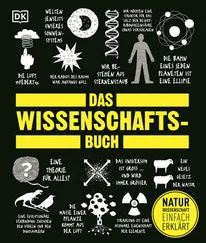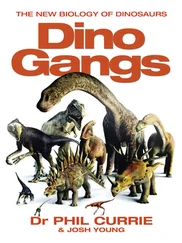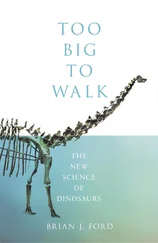
Caption:. Bodybuilding: Velociraptor skeleton and musculature.
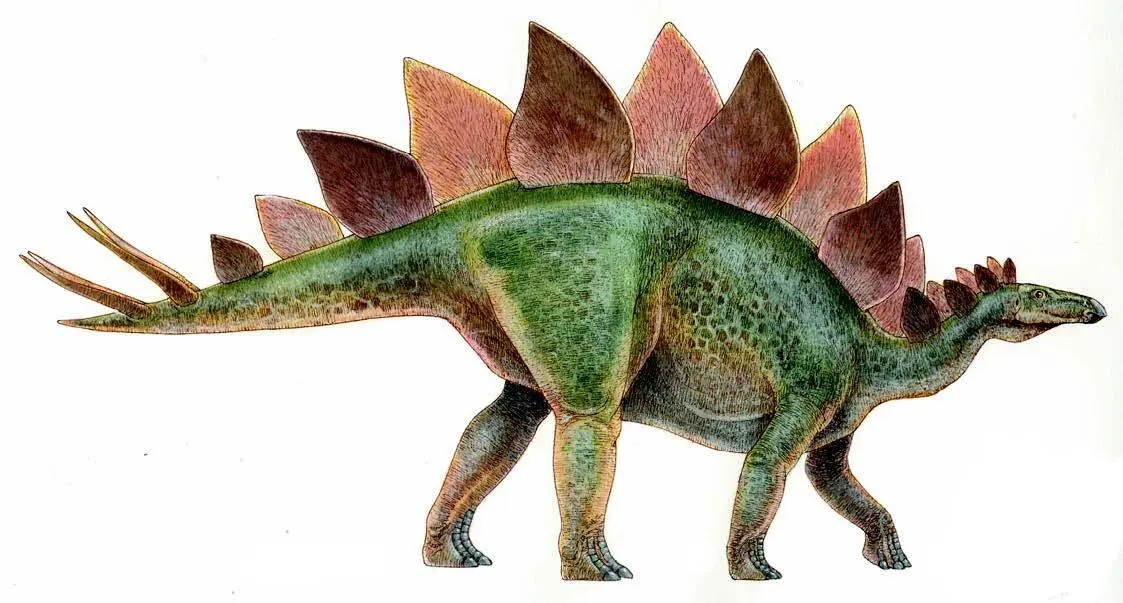
Caption:
Stegosaurus , with its distinctive bony back plates.
Detailed study of fossil bones can also indicate the presence of other features such as where muscles attached and how big they were, and where blood vessels and nerves ran. The thickness of a bone’s wall and its interior structure indicate how strong it was and whether it could carry a heavy body or was instead adapted for swimming or flight.
Sometimes, fossil skeletons are found that are nearly complete and have their various bones still articulated in their true anatomical positions. Such discoveries have helped confirm what anatomists have predicted, but they have also sometimes led to surprises. Some dinosaur structures are so original and unusual that they cannot easily be predicted by comparative anatomy. For instance, what exactly the back plates of a Stegosaurus and the hand claws of a Therizinosaurus were used for is still something of a puzzle.
Very occasionally, imprints or mineralized soft tissues are preserved that show that a particular dinosaur had a scaly skin or a feather-like covering. Even internal organs such as the gut and stomach contents have been preserved in some instances, giving important clues as to how the animals lived.
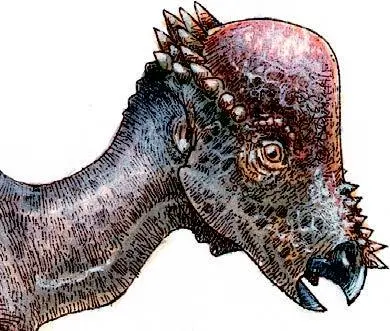
Caption:
The dome on the skull of Pachycephalosaurus could be up to 25cm (10in) thick.
Much of our understanding of dinosaur behaviour is based on our knowledge of their body form and feeding habits – whether they were plant eaters (herbivores) or meat eaters (carnivores). Knowledge of how different kinds of living plant eaters interact with their meat-eating predators can give insights into how the dinosaurs interacted. Like herbivorous mammals today, many plant-eating dinosaurs tended to have good senses of sight, smell and hearing. To escape their predators, some were slimly built and fleet of foot. Others had heavy defensive armour and yet others sought safety in numbers. The meat eaters were well equipped with offensive weapons such as large, sharp teeth and claws, and were either fast on their feet, large and stealthy or good ambush hunters.
The study of dinosaur feeding behaviour was originally based on that of large living reptiles such as crocodiles. However, this was somewhat misleading as crocodiles, with their relatively small limbs, largely live in water and can survive on infrequent feeds. Relating other aspects of crocodile behaviour to dinosaurs proved equally mistaken. Crocodiles, for example, belong to the group of animals known as ectotherms, which rely on the sun’s rays to heat their bodies. In contrast, endotherms (which include mammals) use energy from frequent supplies of nutritious food and complex blood systems to maintain a relatively high body temperature. It was once thought that all dinosaurs were crocodile-like ectotherms, but we now know from several different lines of evidence, such as their bone structure, that some dinosaurs may have been endotherms. Consequently, their levels of activity and feeding were probably more like those of mammals than ectothermic reptiles living today.
We can now envisage many land-living predatory dinosaurs as active hunters that could run at speeds of up to 40kph (25mph) to catch their prey. Some predators may even have worked together in groups to kill prey larger than themselves, and some were cannibals. Many of the larger herbivores lived in herds so that their many combined eyes, ears and nostrils could provide early warning of approaching predators. But how do we know what dinosaurs ate?
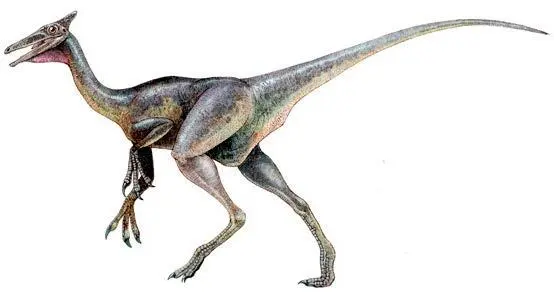
Caption:
Pelecanimimus had a relatively large brain and unusually small teeth.
The most important clues as to what dinosaurs ate are provided by their teeth. Typically, the teeth of dinosaurs (like those of other reptiles) were constantly replaced from within the jaw throughout the animal’s life.
The types of food an animal eats determine the type of teeth it requires. Meat eaters need sharp, dagger-like and blade-shaped teeth for killing their prey and tearing pieces of meat from the carcass. There are, however, further differences within this group depending upon whether the prey consists of insects, fish, small mammals or large, well-defended, aggressive plant eaters or other meat eaters.
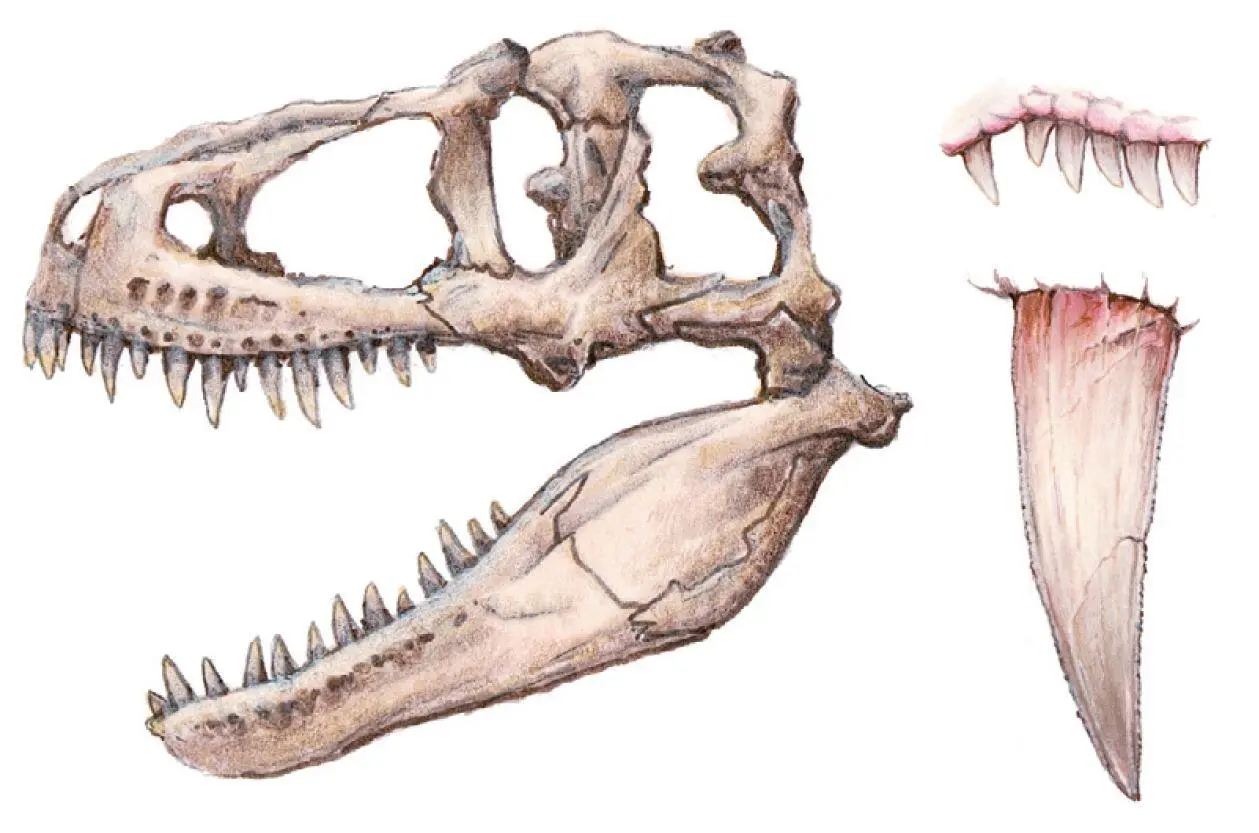
Caption: Meat-eaters: a Tyrannosaurus rex skull and its cutting teeth.
Small insect-eating dinosaurs, for example, needed only small, sharp, conical teeth that were strong enough to crunch the insects up. In contrast, large predatory dinosaurs that required lots of meat had large teeth that were powerful and sharp enough to kill their prey and then remove as much flesh as quickly as possible before other predators and scavengers were attracted to the kill. Some of these teeth had sophisticated cutting edges with serrations like those on a steak knife.
Plant-eating dinosaurs displayed an even greater variety in the form of their teeth depending upon the kind of plant material they ate. Many of the giant sauropods had strange peg-like teeth that probably worked like rakes, stripping large amounts of foliage from branches as the animal’s long neck swept from side to side and up and down. Other herbivores ate much tougher fibrous plants and had large, strong, leaf-shaped teeth that were gradually worn away and eventually replaced.
Since flowering plants did not evolve until Cretaceous times around 100 million years ago, the food available to herbivorous dinosaurs included more basic groups of plants such as ferns, conifers, cycads, horsetails and ginkgos. Many of these plants were difficult to digest and had low nutritional value. Like many herbivorous mammals today, the plant-eating dinosaurs had large stomachs and had to eat constantly to obtain enough nutrition from their diet. As an aid to digestion, some of them swallowed stones that then acted as a gastric mill along with their stomach flora of digestive bacteria. But large size slows an animal down, so how did the giant herbivores protect themselves from predators?
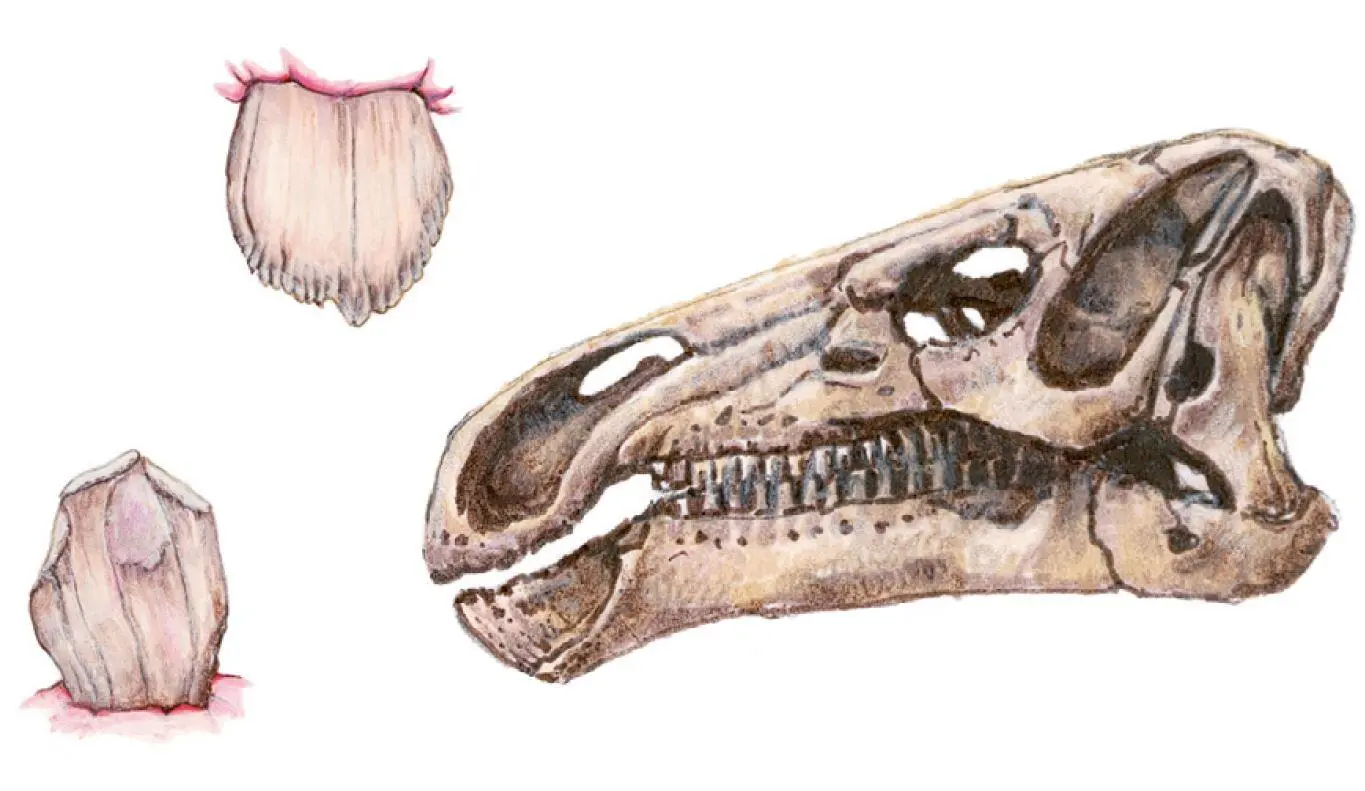
Caption:
Plant-eater: Iguanodon and details of its grinding teeth.
Fossil eggs, now known to be those of dinosaurs, were first found in France and England in the mid-19th century. But it was not until the amazing discoveries of the Roy Chapman Andrews’ expedition to Mongolia in the 1920s that we really began to get an idea of how dinosaurs reproduced in bird-like ways and how some of them looked after their babies.
Читать дальше
